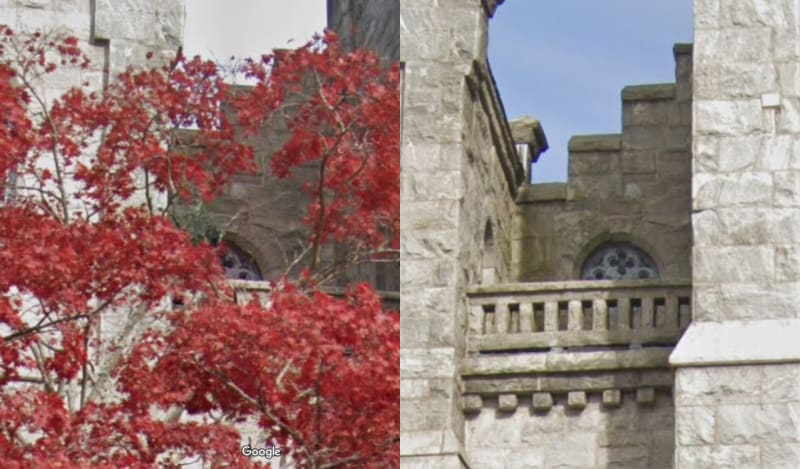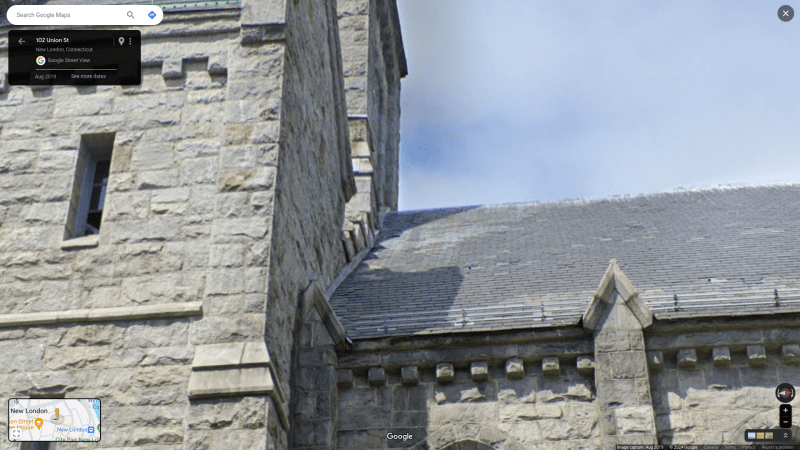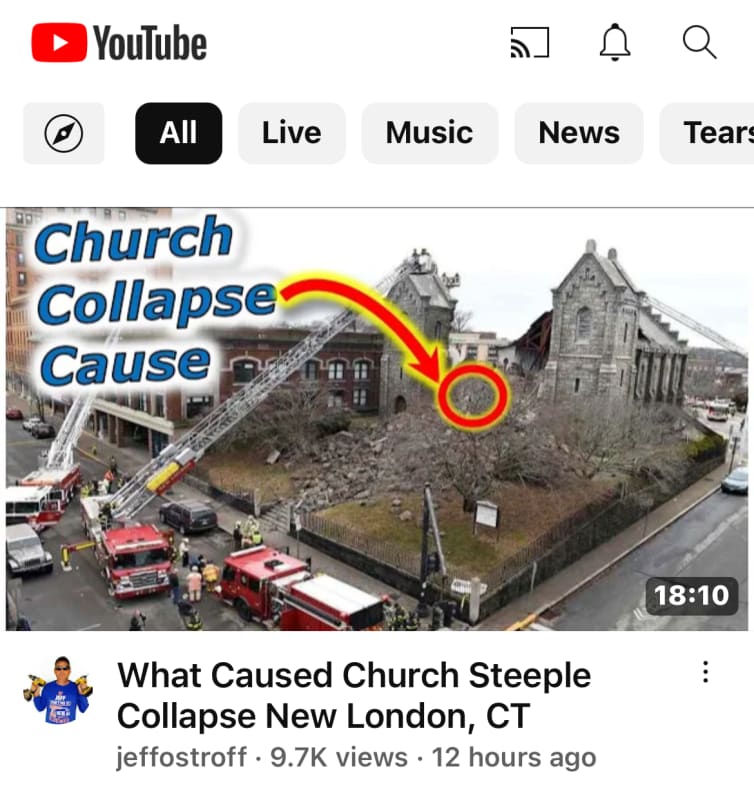-
1
- #21
Sym P. le
Mechanical
- Jul 9, 2018
- 1,184
Thanks ALK, and looking closer with Google Maps, we can see anticipated displacement in the adjacent northwest buttress, particularly the arched window. Also significant deformation in the east nave roof framing.

Two images of west buttress from Google Maps.

East roof line - Google Maps

Two images of west buttress from Google Maps.

East roof line - Google Maps

![[smile] [smile] [smile]](/data/assets/smilies/smile.gif) to help others for better education and so forth
to help others for better education and so forth![[pipe] [pipe] [pipe]](/data/assets/smilies/pipe.gif)
